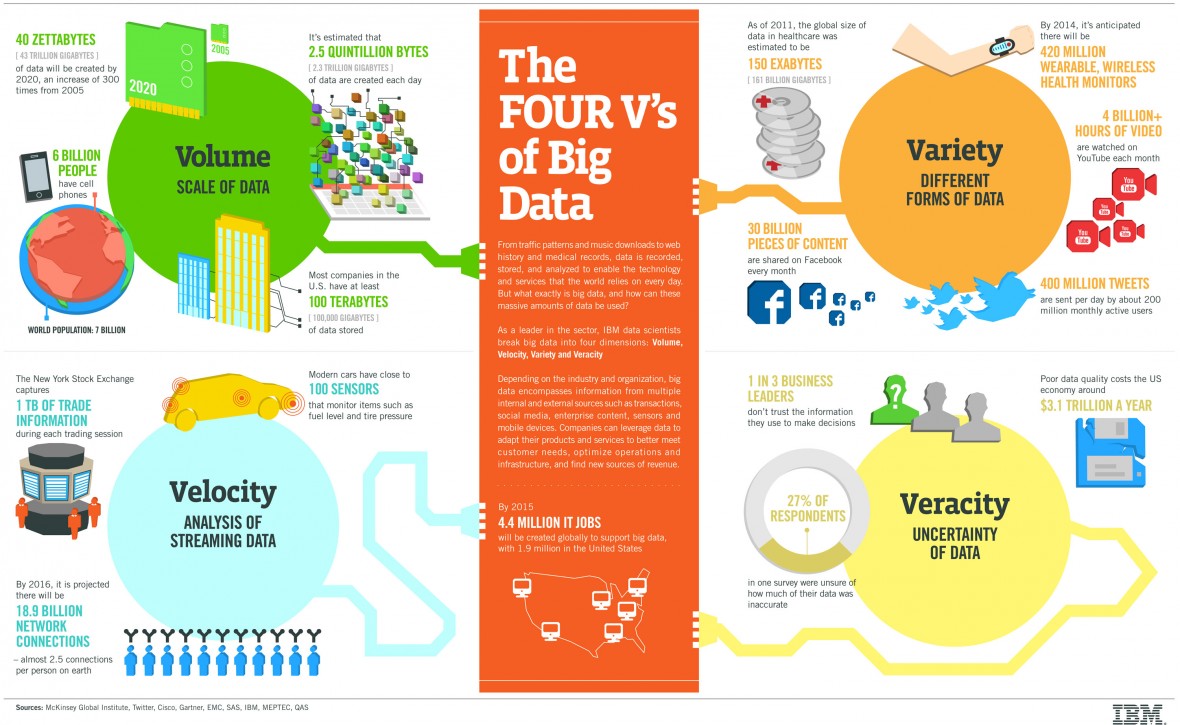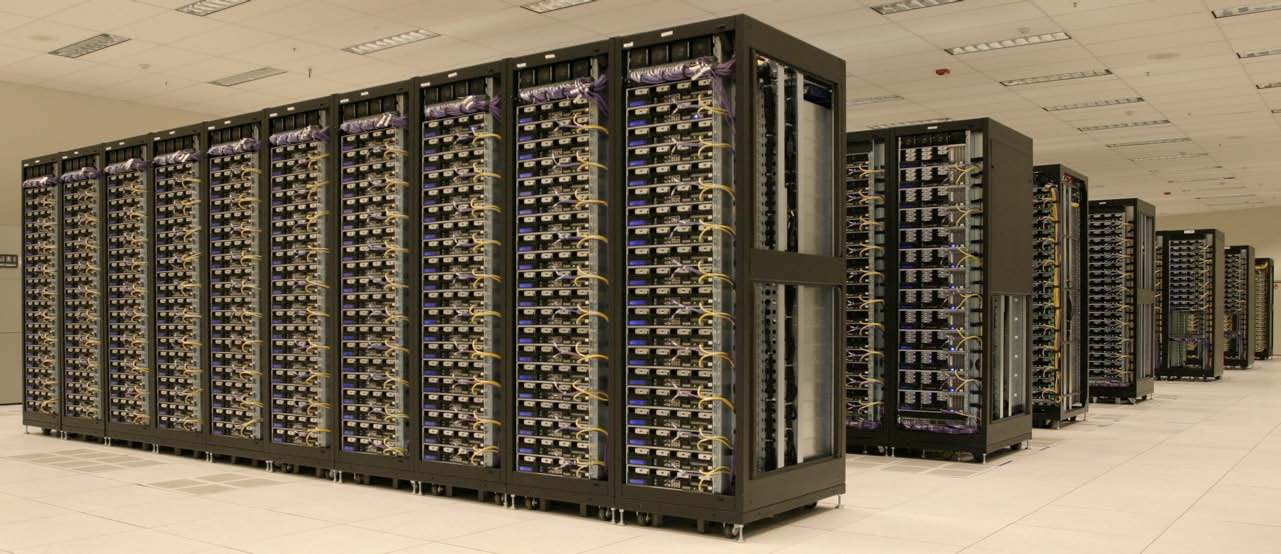Big data fundamentals
Essential Concepts and Tools
Originally created by Darrell Aucoin for a Big data talk at uWaterloo’s Stats Club
In pioneer days they used oxen for heavy pulling, and when one ox couldn’t budge a log, they didn’t try to grow a larger ox. We shouldn’t be trying for bigger computers, but for more systems of computers.
—Grace Hoppe
What is Big Data?

The 4 V’s of Big Data
Volume: The quantity of data.
- Usually too big to fit into the memory of a single machine.
Veracity: The quality of data can vary. The inconsistency of data.
Variety: Data often comes in a variety of formats and sources often needing to be combined for a data analysis.
Velocity: The speed of generation of new data.
Volume
- 100 terabytes of data are uploaded to Facebook daily.
- 90% of all data ever created was generated in the past 2 years.
Problem: Impossible to do data analysis with one computer on data this size.
Solution: A distributed computing system.

Veracity
- Big Data sets do not have the controls of regular studies (Naming inconsistency , Inconsistency in signal strength)
- Cannot simply assume data missing at random
Veracity naming inconsistency: a musician named several different ways in several different files
Variety
- Most of Big Data is unstructured or semi-structured data (Doesn’t have the guarantees of SQL)
- Data can be structured, semi-structured, or unstructured
- Often have to combine various datasets from a variety of sources and formats
Velocity
- Speed that data is created, stored, analyzed to create actionable intelligence
Every min: - 100 hours is uploaded to Youtube
- 200 million emails are sent
- 20 million photos are viewed
Often need to be very agile in creating a data product